.jpg)
Mr. Sead Djokaj
Witnesses to history
The public institution Museums and Galleries of Podgorica is one of the most important cultural institutions in the capital, in whose facilities various events and exhibitions are organized. Within the scope of its work, it combines three activities of special public interest: managing museums, managing gallery and the protection of cultural property, and also engages in publishing activity and other, special activities from time to time.
.jpg)
For the purpose of implementing their general activities, the following organizational units operate: the Department of the City Museum and the Museum of Marko Miljanov at Medun, the Department of the Modern Gallery and the Risto Stijović Gallery, and the Department for the Protection of Cultural Property. The facilities in which occasional museum-gallery exhibitions are located include the main museum building, at St. Marko Miljanov 4, the Kuslev House Gallery, located at St. Vuka Karadzica 8 and the Gallery Art located on Independence Square.
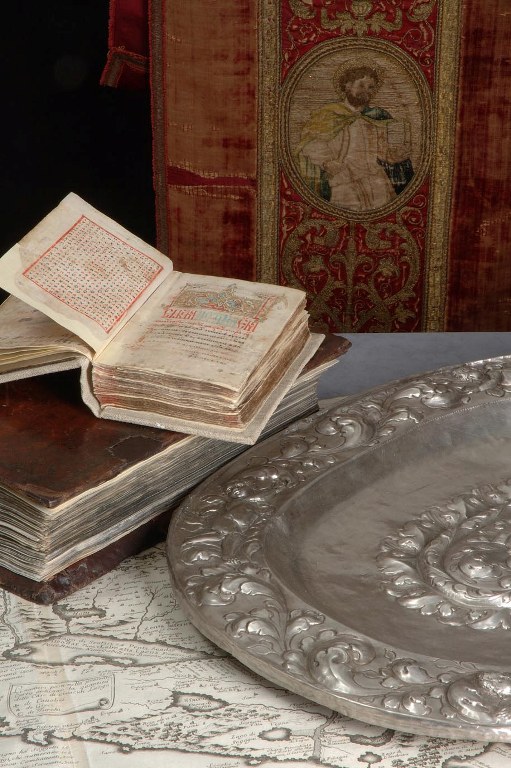
Praznični minej by Božidar Vuković, 1538.
The permanent exhibition of the Museum of the Capital presents exhibits from their historical, archaeological, cultural-historical and ethnographic collections. The usual practice of museum activities is to present the most valuable and most representative exhibits through their permanent exhibitions, and this is the case here. It is difficult to distinguish one particular exhibit which should be given priority over others.
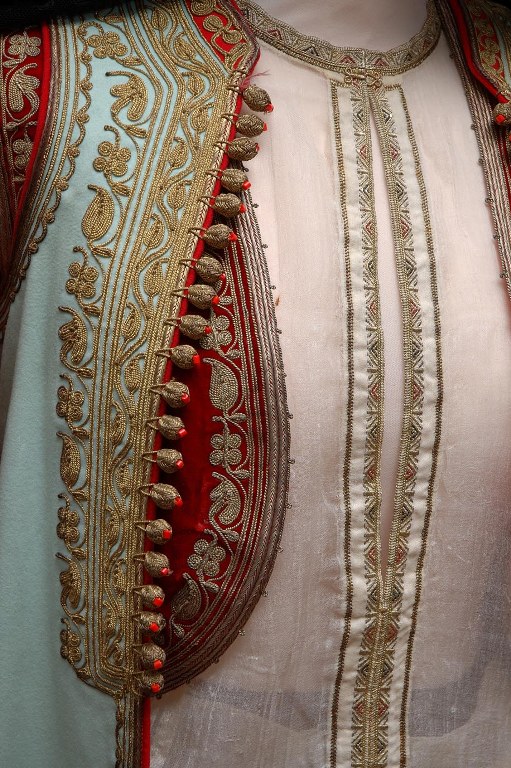
Montenegrin women's folk costume (detail)
The following exhibits equally draw the visitors’ attention by their beauty and their cultural and historical significance: Roman glass and other objects from Duklja (Doclea), Hellenistic gold jewelry from the archaeological site at Gostilj, Venetian embroidery and a silver oval from the end of the 15th and the beginning of the 16th century (a gift from the famous Montenegrin printer Božidar Vuković Podgoričanin to the Church of St. George located under Gorica Hill), an iron key from the fortress at Ribnica, and then also traditional furniture, weapons, costumes and jewelry reflecting the traditions all three of the faiths present in these regions, among many other items. The wide range on offer in the permanent museum setting help to bring the culture and customs of the inhabitants of these regions over the centuries to life for every visitor.
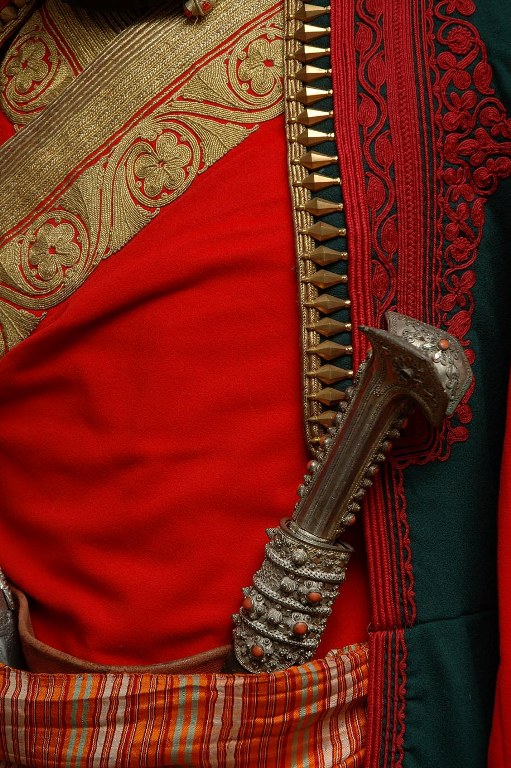
Montenegrin men's folk costume (detail)
www.renome.me/eng/The-National-Costume-Of-Montenegro
The Museum in Medun
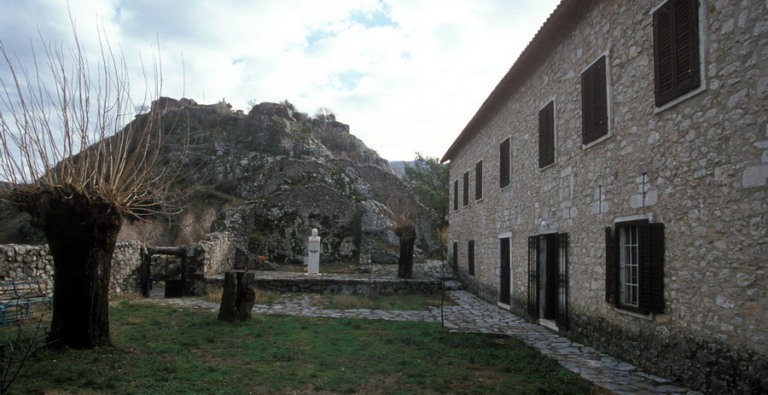
The Museum of Marko Miljanov
The Museum of Marko Miljanov in Medun is located approximately twelve kilometers from the center of Podgorica, where, alongside exhibits related to his life and work, visitors can also see objects related to a number of contemporaries of Marko Miljanov – all of them distinguished figures from Montenegrin history. The exhibited ethnographic material mostly provides plenty of data to gain an impression of the former way of life in Kuci. The museum is equipped with an audio guide in English, so the content of the museum is also accessible to foreigners who come to visit it.
www.renome.me/eng/montenegrin-undersea
The archeological site of Doclea
The ancient city of Doclea, the most important urban center in the territory of Montenegro during the Roman period, is first named as Doclea in the works of Ptolemy in the 2nd century A.D., while the famous Roman writer Pliny in the 1st century A.D. does not mention Doclea as a settlement, although he is does talk a lot about an Illyrian tribe called the Docleats, whose territory was located around the city and after which it was named.
(1).jpg)
Necropolis Duklja glass
Doclea was founded at the beginning of the 1st century A.D. initially as a smaller castle that soon turned into a large fortified city. At the end of the 1st century, during the reign of Vespasian, it gained the status of a municipium. Throughout ancient and early medieval times, Doclea was an important political, cultural and religious center. Destroyed in a disastrous earthquake in 518, Doclea was then rebuilt. It continued to survive even after the Avarian-Slavic invasion in the early 7th century. However, upon the arrival of Slavs, Doclea begins to lose its former ancient character.
www.renome.me/eng/European-funds-as-chance-for-development
Due to all this, Doclea today represents an archaeological site not only important for our country, but also for the wider area, where archaeological explorations are continuously carried out, in accordance with the program of work of the Museums and Galleries of Podgorica. The authorities of the capital city, the Balkan Heritage Foundation and the Public Institution of Museums and Galleries of Podgorica signed a Memorandum of Understanding in 2016 for a period of five years, while in 2017, within the framework of the regular archaeological research at Doclea, an archeology summer school, "Doclea-Archaeology Field School" was organized.
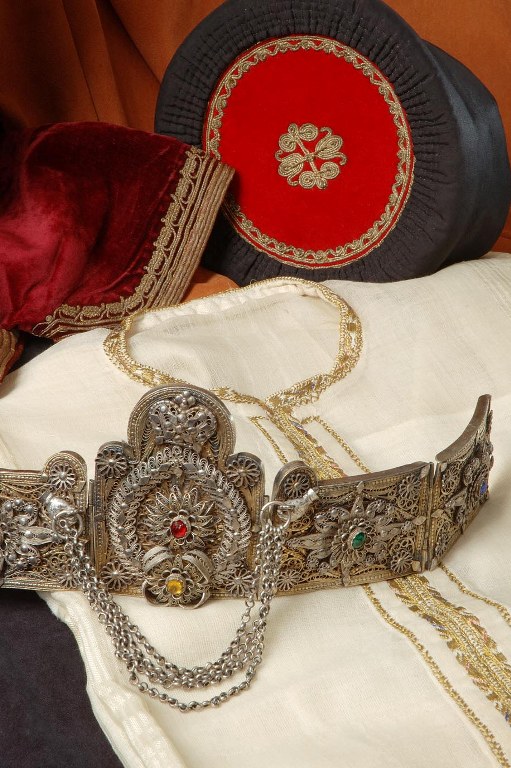
Filigree-decorated belt (ćemer) and parts of the Montenegrin folk costume
The Clock Tower
The Clock Tower is one of the important buildings in Podgorica, as part of the heritage of the city in terms of Osmanian architecture. It is one of four clock towers preserved in Montenegro, with the others located in Ulcinj, Bar and Pljevlja. The clock tower was erected in the second half of the 18th century by Hadzi Mehmed Pasha Osmanagic. In 1957, the Clock Tower was declared a cultural property, while in 1961 it was entered in the register of protected sites. In 2017 the capital, in cooperation with the Turkish Agency for International Cooperation and Coordination (TIKA), undertook a program to conserve and restore the Clock Tower.
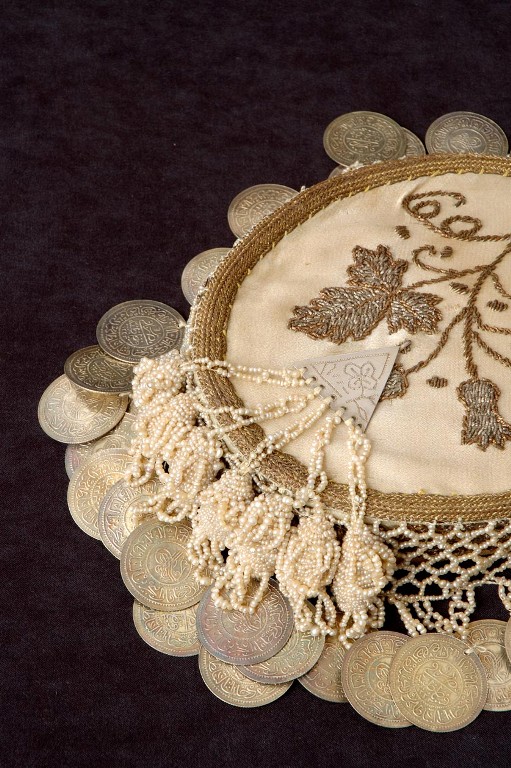
Iljanlak, Muslim women's cap
Risto Stijović’s House
The house of our famous sculptor Risto Stijović is in the Old Town. A project that includes the reconstruction of the “Risto Stijović’s House” is planned, including building an exhibition space where the works of Risto Stijović will be located, which visitors will be able to see during their visit, while the plan also provides a space for the organization of occasional exhibitions. Work on the House of Risto Stijović are ongoing, and running to schedule. They started in September, and as planned, will be completed by the end of this year, when the Public Institution Museums and Galleries of Podgorica will begin to realize the planned contents of the new space.
www.renome.me/eng/Cultural-industry
Gallery Collections
The Collections of the "Modern Gallery" and the "Risto Stijović Gallery" have about 700 works of art. Among them are works by the most prominent Montenegrin fine artists, such as: Lubarda, Milunović, Vušković, Zonjić, Prijić, Lainović, Filo, Dado, Stijović, Stanić, Vujošević, Odalović and many others. Since its foundation until, the most prominent artists from Montenegro and abroad have held their exhibitions at the premises of the Modern Gallery.
.jpg)
Titograd by Lubarda
Our aim is to present fine artists who have actively participated in the creation of the contemporary art scene of both Montenegrin and other regions. As a particularly important point, we emphasize the traditional presentation of young artists, with a special emphasis on the students of the Academy of Fine Arts from Cetinje.
www.renome.me/eng/I-love-life
The lungs of the capital
In addition to the Public Institution Museums and Galleries of Podgorica, the Capital enjoys a beautiful natural environment with various facilities for those who enjoy a healthy lifestyle. There are Gorica and Ljubovic Hills offering a panoramic view of Podgorica and its surroundings as well as the Cijevna canyon that should be viewed as a future protected natural property.
In addition to the above mentioned sites and institutions, Podgorica is home to more institutions and organizations from the civil sector, which through their content and activities create cultural experiences for both citizens and visitors to the capital. We must all make efforts to ensure that the capital is more beautiful, more engaged with culture and to make it emanate cultural values that last